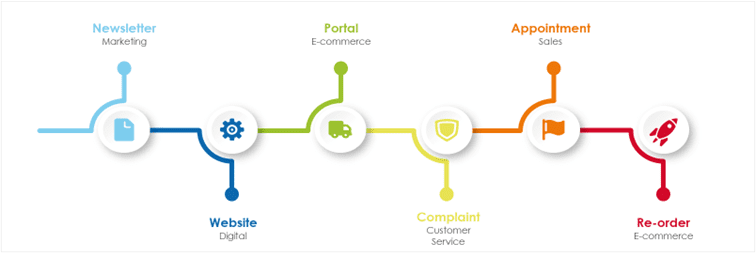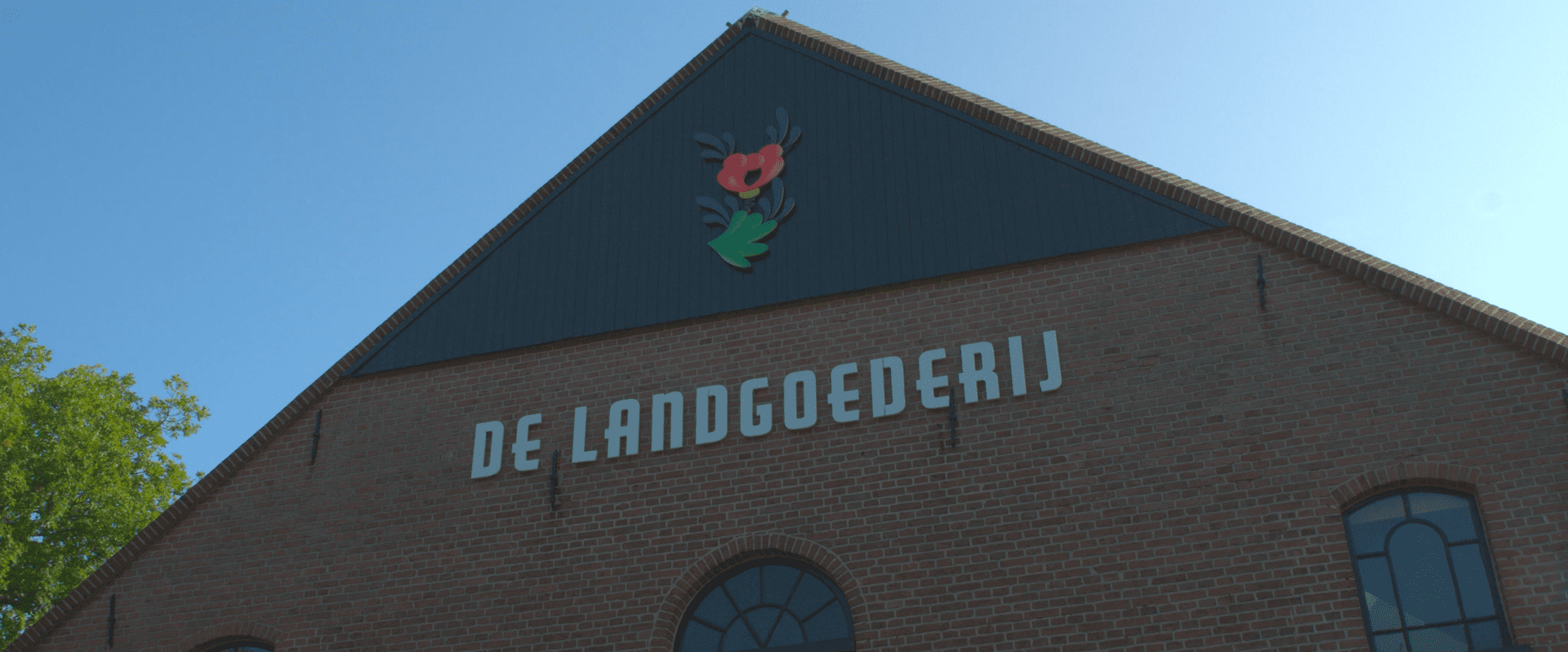Thijs den Dikken
Read all my blogsContinually listen to your customer for an optimal customer experience and maximized business results
Last week, on the 17th of September 2020, Acorel organized an event. The topic of this event was twofold as it was named Structural Income Growth by Humanized Customer Experience. As the title of this event suggests, on the one hand it was about the human touch in customer experience whereat your employees have a crucial role, and on the other hand about how to measure and generate tangible business outcomes by investing in your customer experience. Two well-known organizations, TUI and Univé, have shared their thoughts on this theme.
For Acorel, it was the first time that an event was organized by multiple partners. In fact, customer experience concerns a wide range of possibilities, expertise, and knowledge. As known, Acorel specifically focusses on the domain how data and technology improve customer experience, as it has become an essential part in today’s digital economy. However, it still is not everything you need in order to provide the most powerful customer experience, which is our mission statement. So, to be, to become and to remain the absolute partner in this particular domain, we strongly cooperate with partners to act within a community offering the wide and various range which is needed in this field.
One of our partners has a strong focus on market research, and together with this partner, Ipsos, we developed and presented an interesting story showing the crucial interaction between O-data and X-data for an optimal customer experience and maximized business results. Hence, this blog partially forms a follow up on my previous blogs about Qualtrics, an experience management platform collecting X-data than can be connected easily to our CX suite containing lots of O-data. Let me explain how this works in practise.
It all starts with a customer journey. Below, you can find a simple example of a B2B customer journey, applicable for a lot of companies.

Now, what do we see? In this extremely easy illustration, we see that a customer receives a newsletter including a product launch. Since this new product is of interest, the customer clicks through to the website to get more information about the product, such as product attributes, its specifications, and the price. The new product still appears to be of interest, so the customer logs on to his customer portal and places an order. Unfortunately, one day after, the customer receives the product, but it is lightly damaged, so the customer calls the service department and explains what is wrong. After a while, this customer is segmented into the early adapters, so sales (account management) makes an appointment to discuss options. This appointment by sales was successful since moments later a re-order of the product is placed.
During this customer journey, the power of one integrated CX suite must be clear since multiple departments of the company have a contribution to one single customer (journey). Having no 360-degree insight in your customer in a holistic way results in less personalization, irrelevance, and ultimately unmet needs by your customer. In fact, your customer is doing business with one organization, not with multiple siloed departments.
So, your marketing department needs to be aware of product pages visited by the customer (e-commerce data). Or, your service department needs to be aware of open quotes by sales. And, your sales department must know which marketing campaigns have run. Taking into consideration that 80% of your customers find experiences more important rather than your product or service, and taking into account that 67% of your customers leave due to bad experiences, it is clear that CX must be of importance for any organization and that a 360-degree view on the customer cannot be underestimated.
Yet, there is an even bigger challenge for organizations apart from not having a full view on the customer in each department any time. If you have a quick look to the customer journey, lots of data comes in nowadays. For example, marketing collect open and click rates from newsletter campaigns, or gets insight in which campaign channels work best. Also, e-commerce and digital (web) collect a lot of customer data because it can be tracked which products have been presented, which products are bought, which pages have been visited and even what products are most likely to be sold. Finally, also the sales and customer service departments have data, such as opportunity values, number of complaints per month or productivity KPI’s. All these data tell us exactly what is happening!
However, no one ever told us why it happened. How did the customer feel when placing the re-order online? Was the customer satisfied after the phone call with customer service? Did the customer appreciate the newsletter? Or was it easy for the customer to log in again on the customer portal? If you combine such experience insights (X-data) with your operational KPI’s (O-data), you will be able to focus on the right value drivers improving customer experience to its optimal state as perceived by your customers.
Acorel, as the CX operations and technology expert having the expertise to equip our customers with the rights tools to create valuable interactions with one integrated CX platform telling you exactly what is happening, strongly partners with Ipsos, as the market research leader unveiling value drives with laser sharpness to focus on in order to surpass customer’s expectations and ensuring a return on CX investments.
Do you want to hear our full story? Do not hesitate to contact us.




